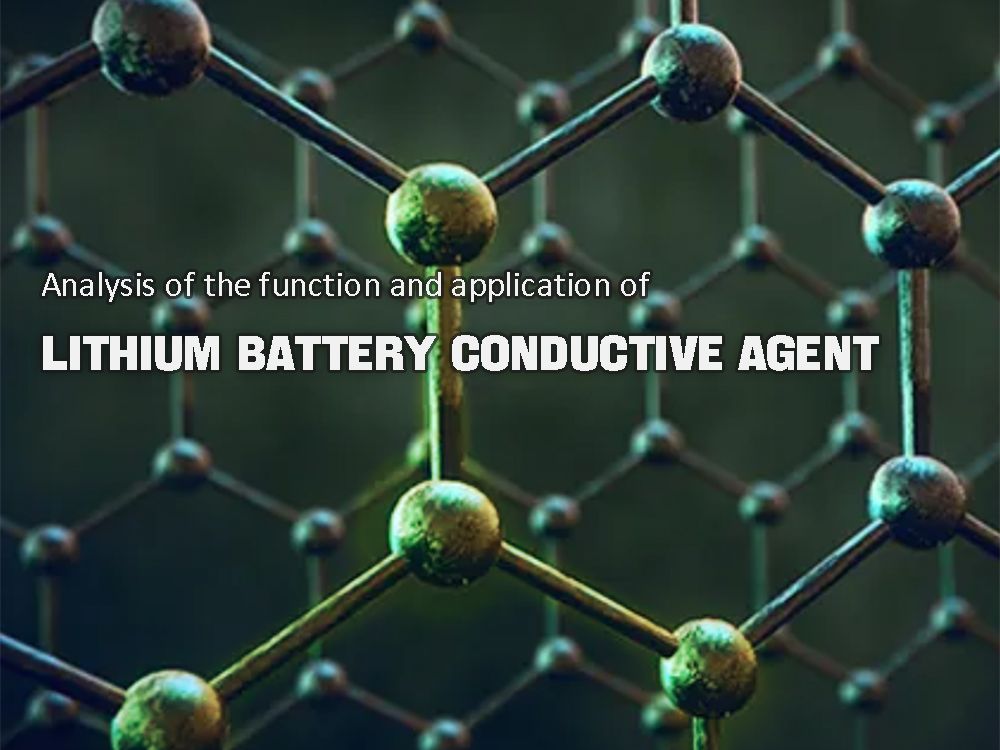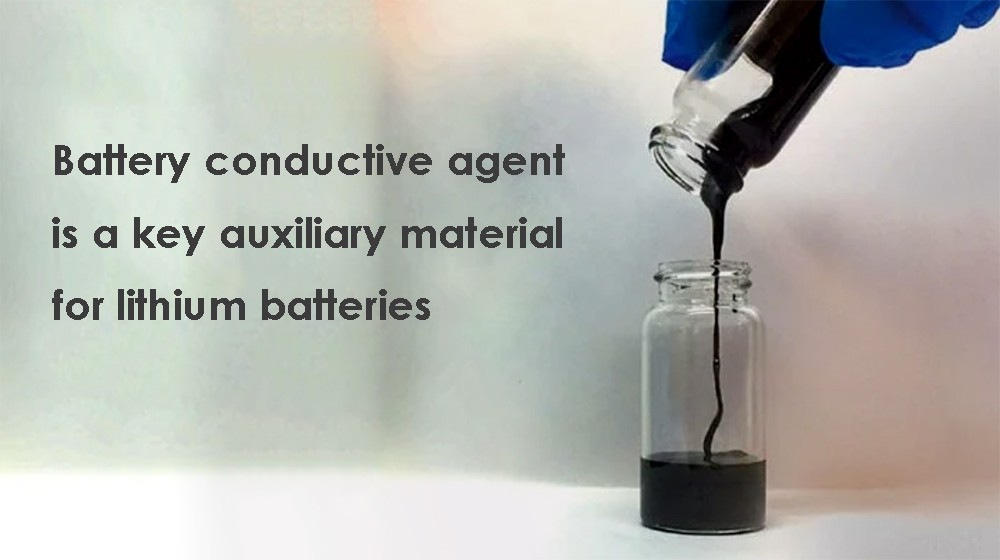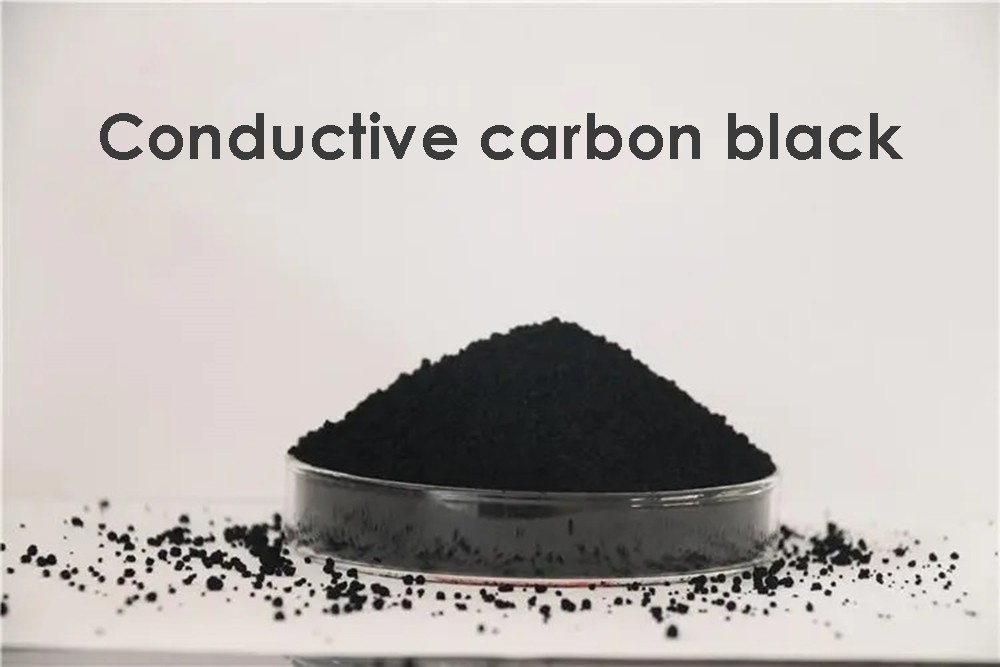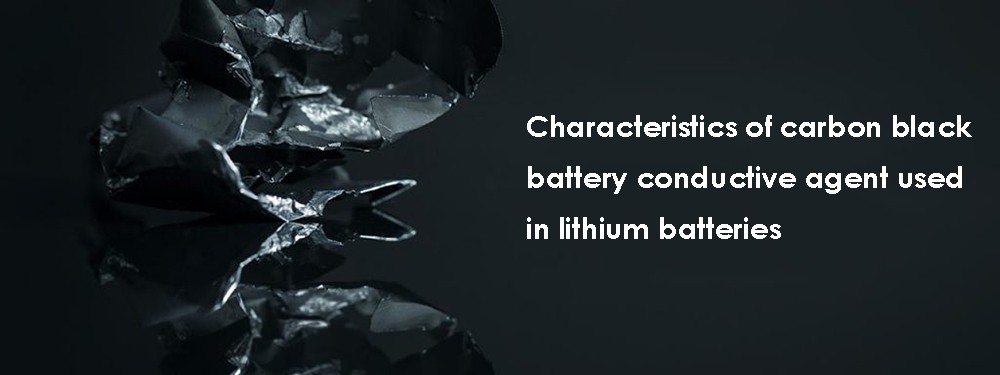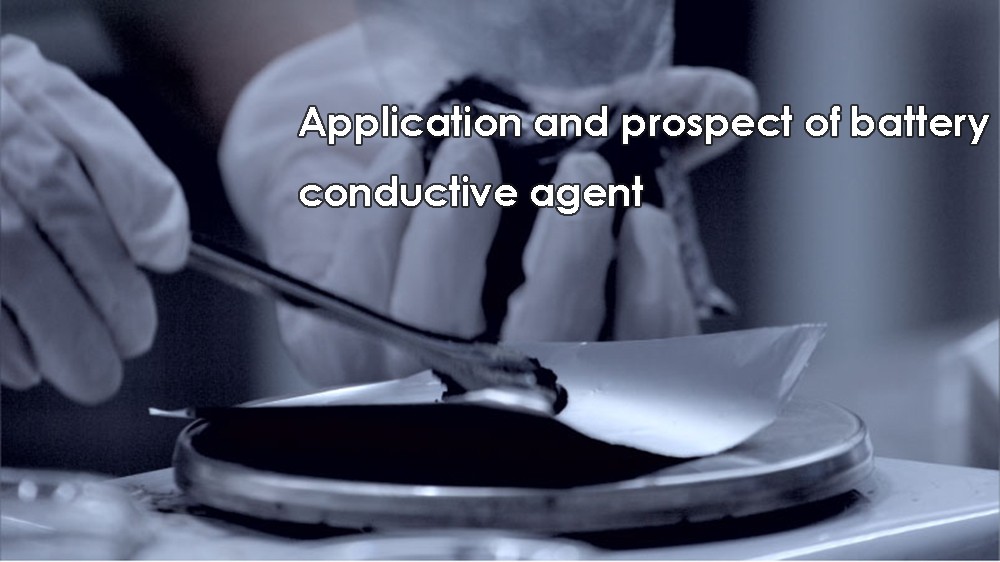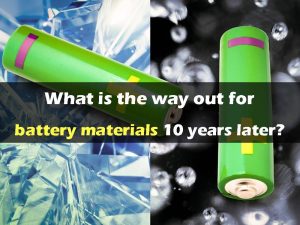Function and application of lithium battery conductive agent

It is necessary to add a suitable battery conductive agent to improve the conductivity of the material, build a stable and long-lasting conductive network, provide a fast channel for electron transmission, and ensure that the active material is fully utilized. Therefore, compared with the active material, the battery conductive agent is also an indispensable material in the lithium-ion battery.
Battery conductive agent is a key auxiliary material for lithium batteries
Battery conductive agent is a key auxiliary material for lithium-ion batteries, which plays an important role in improving battery conductivity, capacity, rate performance, and cycle performance. Since most of the active materials of cathode materials have poor conductivity and large internal resistance, a battery conductive agent is required to form a conductive network to improve the conductivity between the active materials of electrode materials and the current collector. At present, the battery conductive agent is mainly used on the cathode sheet.
In the future, with the accelerated penetration of the silicon-based anode, the application of the battery conductive agent on the anode sheet will speed up. In addition, the battery conductive agent can also improve the processability of the pole piece, promote the infiltration of the electrolyte on the pole piece, effectively increase the migration rate of lithium ions in the electrode material, reduce polarization, and thus improve the charge and discharge efficiency and service life of the electrode.
Cathode: It mainly improves the electrical conductivity of the cathode material. Lithium-ion cathode materials have poor conductivity. It is necessary to add a certain proportion of battery conductive agent to ensure that the conductive material fills the gaps between the active materials of the cathode material to form a good conductive network to improve the conductivity of the cathode material.
Anode: It mainly weakens the expansion of the anode material and improves the cycle life. Although the conductivity of the anode material is good, the continuous intercalation and shedding of lithium electrons will cause the expansion and contraction of the graphite particle volume during the multiple charge and discharge processes, resulting in larger gaps between graphite particles and lower conductivity.
Parts may even detach from the electrodes, reducing the capacity of lithium-ion batteries. Adding the battery conductive agent can improve the surface performance of the anode and maintain the conductivity of the battery.
Battery conductive agent accounts for about 1% of the battery cost, with low cost sensitivity and high downstream acceptance. Since the battery conductive agent does not account for a high proportion of the cost of lithium batteries, the price sensitivity is weak, so although the cost of the new battery conductive agent is higher than that of the traditional battery conductive agent.
However, the new battery conductive agent can significantly improve the energy density and fast charging performance of lithium batteries. Therefore, lithium top 100 manufacturers have a high degree of acceptance, and cost may not be the first consideration.
New battery conductive agent vs traditional battery conductive agent
Comprehensive comparison in multiple dimensions Currently commonly used battery conductive agent for lithium batteries mainly include carbon black, conductive graphite, VGCF, carbon nanotubes, and graphene. Among them, carbon black, conductive graphite and VGCF belong to the traditional battery conductive agent. Carbon nanotubes and graphene are new battery conductive materials.
Conductive carbon black: chain or grape shape, with a high specific surface area. Carbon black can form point-to-point contact with active materials, which is conducive to the adsorption of electrolytes and improves ion conductivity. The addition amount is about 3%. It is a cost-effective battery conductive agent, but its conductivity is relatively general and it depends on imports.
Carbon nanotubes: can be divided into single-walled tubes and multi-walled tubes. The one-dimensional carbon nanotubes are cylindrical, hollow inside, and have good electronic conductivity. The fiber structure can make point-to-line contact with the active material, forming a continuous conductive network in the electrode active material, acting as a “wire”. Carbon nanotube battery conductive agent is beneficial to improve battery capacity, rate performance, battery cycle life, and reduce battery interface impedance.
Graphene: It has a sheet-like two-dimensional structure and forms point-to-face contact with the active material, which can maximize the role of the battery conductive agent and reduce the amount of conductive agent used in the battery. Thereby increasing the proportion of active materials and increasing the capacity of lithium batteries. In the case of a small amount of addition, graphene can better form a conductive network, and the effect is much better than that of conductive carbon black.
Conductive graphite: The conductive agent of graphite battery is artificial graphite with smaller particle size, more developed pores and specific surface area, and can form point-to-point contact with active materials. It is beneficial to improve the compaction density of the pole piece particles and increase the conductivity of ions and electrons, and at the same time, it can increase the capacity of the cathode when used in the anode.
Characteristics of carbon black battery conductive agent used in lithium batteries
Lithium battery carbon black battery conductive agent products are significantly differentiated, and the performance gap is large. Low specific surface area, high oil absorption value, and low metal ion content are the core technical indicators for the successful application of conductive carbon black.
Particle size and specific surface area: carbon black particle size means the primary particle size of carbon black, and specific surface area refers to the sum of the surface areas of carbon black particles per unit mass or unit volume. The particle size is small, the specific surface area is large, and it has better ion and electron conductivity, which is conducive to the adsorption of electrolytes and improves ion conductivity.
Branched chain structure: The branched chain structure can form a chain conductive structure with active materials, increase the conductive contact points, and help to improve the electronic conductivity of the material.
DBP absorption value: The structure of carbon black can be measured by DBP absorption value.
Surface functional groups: The amount of surface functional groups determines the difficulty of carbon black dispersion. The more functional groups, the easier it is to disperse, but too many will weaken the conductivity of the battery conductive agent.
Metal ion content: Excessive metal ion content will cause battery self-discharge and affect safety performance. Generally, the metal ion content of conductive carbon black for lithium batteries is relatively high, generally less than 10ppm.
At present, the battery conductive agent for lithium-ion batteries in China is still dominated by traditional conductive agent conductive carbon black, of which SP products are the mainstream in the market. SP conductive carbon black is a small particle conductive carbon black, which is cheap and practical, and has no lithium storage function, but only conducts electricity.
Application and prospect of battery conductive agent
Each battery conductive agent has its own advantages. In the future, the development of battery conductive agent will focus on the following four aspects:
● Whether in the aqueous system or in the NMP organic system solvent, the battery conductive agent should have good dispersibility;
● Composite with high-conductivity carbon nanotubes, graphene and other new carbon materials to reduce the use ratio of battery conductive agent and improve battery performance;
● Improve the specific surface area and electrolyte adsorption capacity, and further improve the ionic conductivity of the pole piece.
● Whether it is carbon nanotubes or graphene composite materials, compared with traditional materials, it is urgent to reduce costs to meet actual needs.


